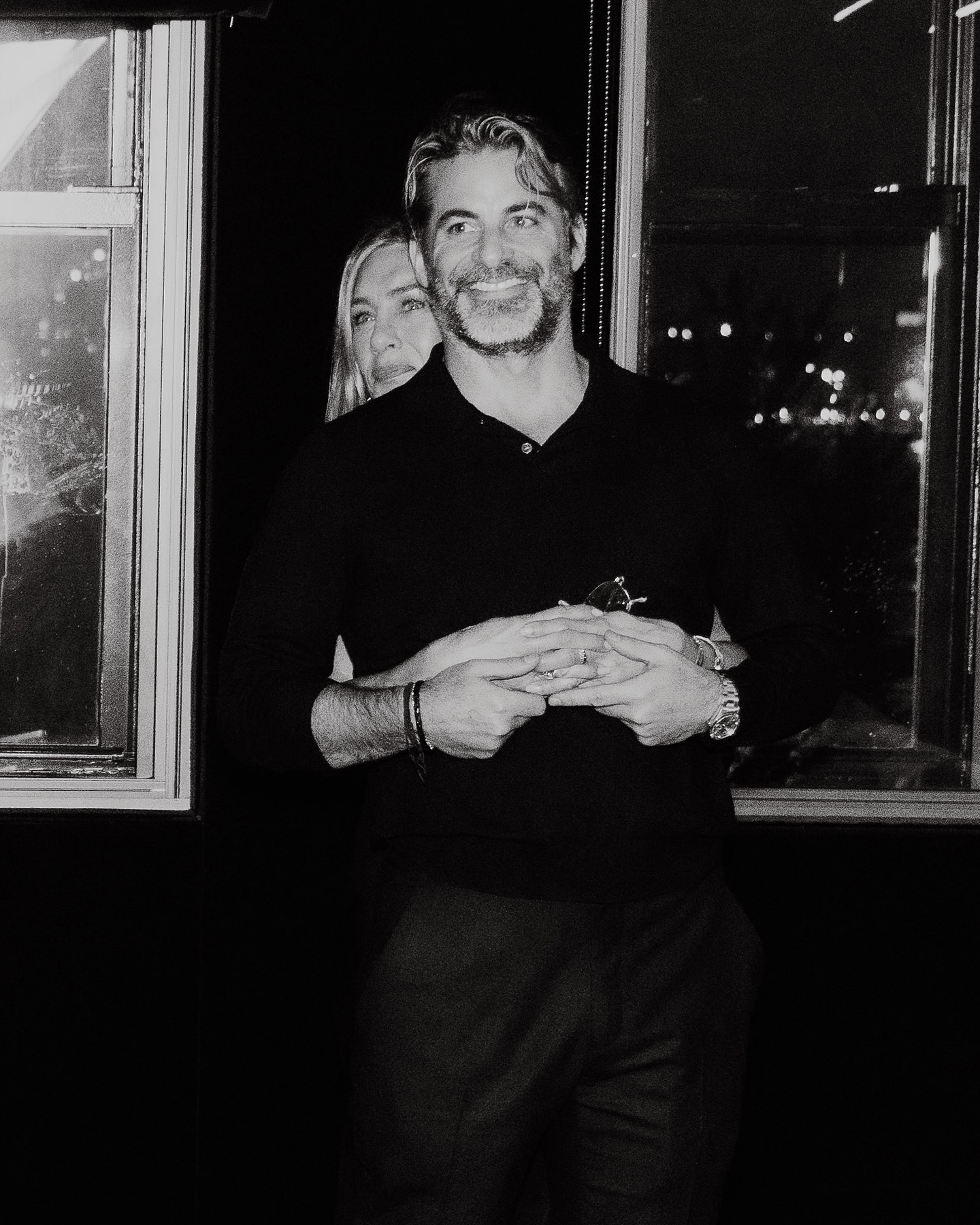Understanding the Treatment options for Depression

Depressive disorder, more commonly referred to as depression, is a prevalent mental health disorder characterized by intense feelings of sadness and loss of interest in activities previously enjoyed. It significantly impacts an individual's thoughts, behaviour and social interactions.
Although there's no cure for depression, it can be effectively managed and symptomatic relief is achievable via several treatments. Early onset of treatment positively impacts its effectivity. Available treatment options range from medication to psychotherapy and brain stimulation therapies. Everyone's experience with depression varies, leading to corresponding differences in treatment plans.
The aim of depressive disorder treatments is to alleviate symptoms and enhance your life quality. You may find yourself consulting with numerous healthcare professionals such as psychologists and primary care physicians during your treatment. These individuals will help devise the best course of action for your unique scenario.
Antidepressants are commomly used in treating depression.
However, it's crucial to understand that antidepressants aren't an immediate solution. Benefits in mood improvement can take about four to eight weeks to notice, while symptoms such as low energy and shifted appetites tend to ameliorate sooner.
Different types of antidepressants are prescribed by doctors based on patient requirements.
Side effects are an unfortunate but expected aspect of virtually all medications, which holds true for antidepressants too. Potential side effects will be monitored by the healthcare professional responsible for your prescription.
If you encounter any unpleasant side effects while on antidepressants or other issues, it's vital to consult with your healthcare provider before altering medication routines. Self-medicating or abruptly stopping medication intake can lead to additional side effects.
Psychotherapy and brain stimulation therapy are two main types of therapies that can assist in managing symptoms.
Purported as talk therapy, psychotherapy is a method whereby you dialogue with a qualified professional about your emotions, thoughts and stressors. The therapist could be a psychologist, marriage and family therapist, licensed counselor, or a social worker, depending on who you're most comfortable with.
The main objective of psychotherapy is to help you realize and understand your thoughts, feelings, and behavioural patterns, and encourage beneficial alterations if necessary. Frequently, a combination of antidepressants and psychotherapy is utilized in a method called combination therapy.
The therapy sessions will be personalized to concentrate on your specific symptoms, requirement and goals.
The American Psychological Association (APA) suggests seven types of psychotherapy.
In some instances, brain stimulation therapies like vagus nerve stimulation (VNS) and transcranial magnetic stimulation (TMS) could be used. The aim of this therapy is to activate or inhibit specific cerebral processes.
Brain stimulation therapy involves using electrodes or magnetic fields to stimulate your brain with electricity. Not all but certain forms of this therapy require anesthesia.
However, please note that brain stimulation therapy isn't a widely adopted treatment method. It's generally reserved for situations where conventional treatments haven't achieved desired results.
Typically, brain stimulation therapy is recommended for individuals who have specific conditions.
The most common and scientifically studied brain stimulation therapy is electroconvulsive therapy (ECT).
A brain stimulation therapy regimen lasts from six to 12 weeks with sessions two to three times weekly. The duration of your individual regimen will be determined by the severity of your depression and the responsiveness of symptoms following treatment.
This type of treatment does come with risks such as complications with anesthesia, confusion, fatigue, and short-term memory loss (in rare cases).
There is no cure for depression, and almost 50% of individuals with depression may not respond to treatment when it first starts. But, 40% of individuals will see a decrease in depressive symptoms within 12 months of treatment.
However, depressive disorder is still one of the most treatable mental health conditions. Treatment can be effective in relieving your symptoms, especially when you start early. Combination therapy (such as using medication and psychotherapy together) may also be helpful, as it can result in:
If they’re not part of your formal treatment recommendations, it may also be helpful to engage in positive lifestyle habits, which include activities such as exercise, spending time with your loved ones, eating nutritious meals, participating in the activities you enjoy (or used to enjoy), and relaxation techniques like deep breathing, progressive muscle relaxation (PMR), or yoga.
There is no formal cure for depression, but depressive disorder is among the most treatable mental health conditions. Several treatments are effective in reducing your symptoms and improving your quality of life.
The most common treatments for depression include medication and talk therapy. In some cases, brain stimulation therapy can also help improve symptoms—but this is a less common form of treatment and your provider will only recommend it in specific situations.
Depression can be difficult to go through—but, it's important to remember you don't have to deal with it all alone. Getting screened for depression or visiting your healthcare provider when you begin to notice changes in your mood for more than two weeks can help you receive the support and care you need to improve your quality of life.




